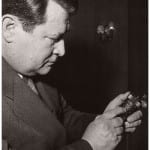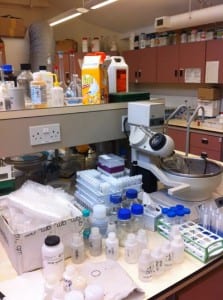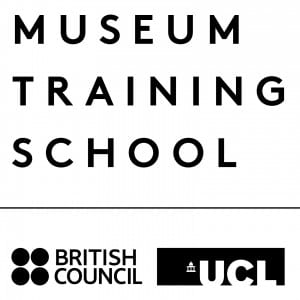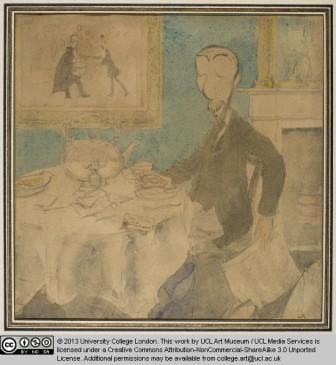Behind the Mask – Research into the Noel Collection
By Nick J Booth, on 2 September 2015
This is a guest blog written by Bryony Swain, a UCL Student Volunteer who spent most of the last academic year (2014/15) cataloguing the Noel Collection of Life and Death Masks.
Hello, I’ve been volunteering with the UCL Museums and Collections department and loving it!
I have been cataloguing the excellent Robert Noel phrenological collection, which contains a large selection of plaster life and death masks from the mid 19th century. Phrenology studies the theory that skull configurations can determine character traits, and Noel made his collection to test and demonstrate the validity of this theory and wrote a book with measurements and biographical summaries to accompany them. Today, phrenology is considered a discredited pseudoscience, but in the 19th and early 20th century it was taken very seriously. Noel ordered the masks into different categories to prove that intellectual and moral individuals had a different skull shape to criminals and suicides.
 Close
Close












